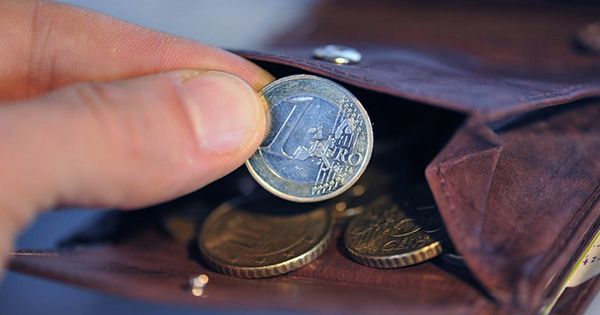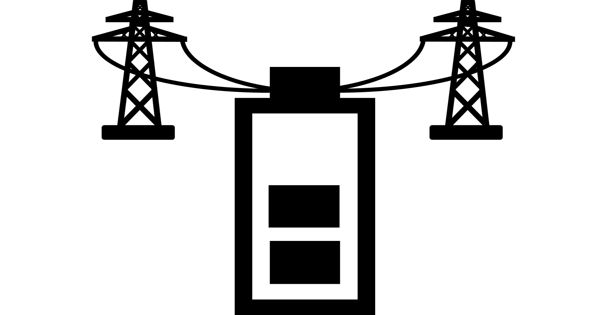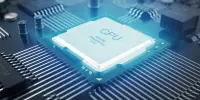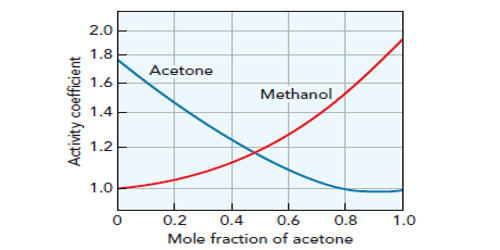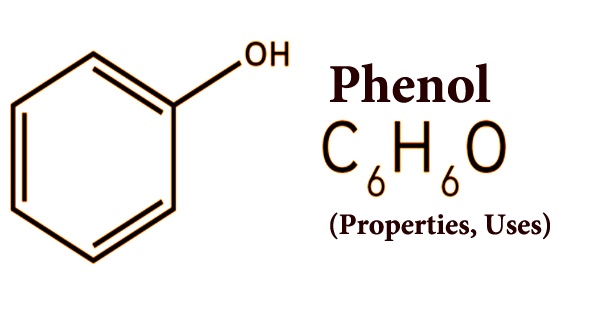Copper’s antimicrobial capabilities have demonstrated to be efficient against antibiotic-resistant bacteria, fungi, and even viruses, making it an incredibly valuable element in the fight against bacteria. This makes the material particularly effective in settings when microorganisms on a surface might cause serious diseases, such as in a hospital. Australian researchers have developed a new copper surface that can destroy germs 120 times quicker than conventional copper.
The substance tested against Staphylococcus aureus, also known as golden staph, bacteria that, according to statistics obtained 15 years ago, was responsible for 50,000 fatalities each year in the United States.
In a statement, senior author Professor Ma Qian of RMIT University noted, “A normal copper surface will kill roughly 97 percent of golden staph after four hours.” “Incredibly, when we placed golden staph bacteria on our custom-designed copper surface, it killed almost 99.99 percent of the cells in just two minutes.” It not only more effective, but also it is also 120 times quicker. For such a ubiquitous material, our copper structure has shown to be incredibly effective.”
The material’s tiny structure holds the key to its secret. To do so, the researchers developed a unique copper mold casting method that produces a copper-manganese alloy. The manganese subsequently chemically removed in a cost-effective and scalable manner. What has left is a surface covered in small crevices, which serve as an ideal trap for microorganisms to fall into and destroyed by copper ions.
“Our copper is made up of comb-like microscale cavities, with much smaller nanoscale cavities within each tooth of that comb structure; it has a huge active surface area,” lead scientist Dr. Jackson Leigh Smith noted. The surface is hydrophilic, which means it attracts water, due to the unusual pattern formed by the elimination of manganese. Rather than drops, water creates a film on the surface.
“Because of the hydrophilic effect, bacterial cells struggle to maintain their shape when they are stretched by the surface nanostructure, but the porous design permits copper ions to discharge more quickly.” These combined actions not only promote structural degeneration of bacterial cells, making them more exposed to harmful copper ions, but also facilitate copper ion absorption into bacterial cells,” Smith explained.
These impacts are a winning combination that dramatically accelerates the bacteria’s destruction. The researchers intend to use this surface in a variety of settings where hazardous germs may spread, including hospitals, schools, residences, and public transportation. The researchers will also see if the surface can destroy SARS-CoV-2, the virus that produces COVID-19.
